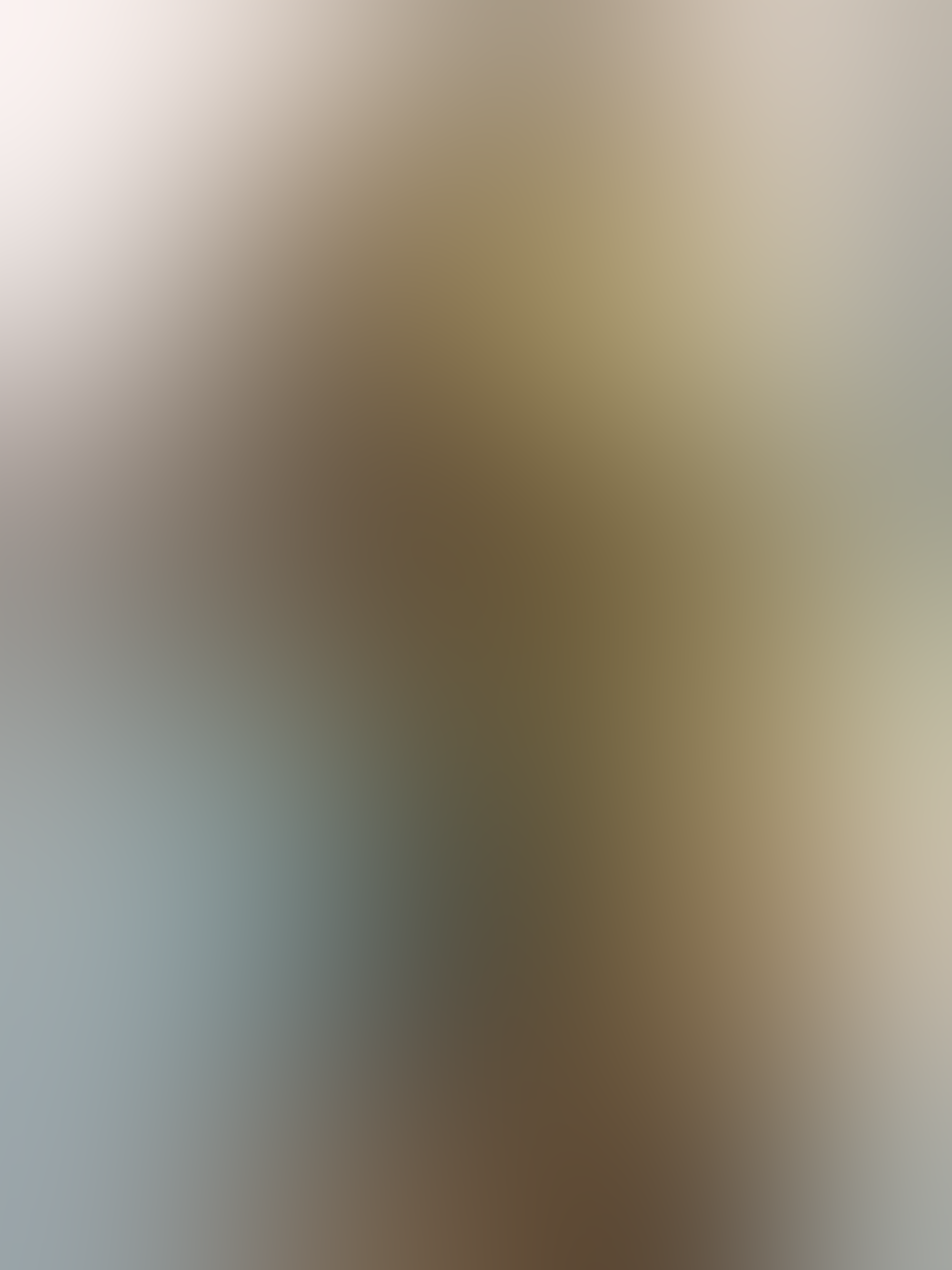Ichthyosis Congenita
A 34-year-old female, Gravida 4 Parity 3+0, was seen in the emergency room of a tertiary care hospital, in Karachi, with labor pains. She had all previous uneventful vaginal deliveries with healthy and alive babies. The baby was the fourth outcome of a consanguineous marriage, the couple being maternal first cousins. The parents did not report any history of repeated miscarriages/stillbirths, genetic anomalies in the elder children, or any inherited skin disorder. It was an unbooked case. She had no antenatal record available.
Abdominal examination revealed the height of fundus roughly equivalent to almost 36 weeks of gestation and the fetal head engaged. The labor progressed spontaneously. A female baby of weight 1.8 kg was delivered with Apgar score 7 and 8 at 1 and 5 minutes, respectively.
At the time of birth, the body of the neonate was covered with armour-plate-like, thick and widespread yellowish scales; between these keratin layers of scales were erythematous fissures splitting the scales and extending deep into the dermis. The scales and fissures covered the body in a diamond-like pattern and were marked in the flexures. All limbs and digits were rigidly semi-flexed. Other evident features included ectropion, eclabium with a fixed and wide-open mouth, flat nasal bridge, and rudimentary external ears. The eyebrows and eyelashes were absent; however, scalp hair was evident. All natural orifices were patent.
The baby was evaluated by the pediatrician and the clinical diagnosis of harlequin ichthyosis was made. The family was counseled and the baby was shifted to the neonatal intensive care unit (NICU) where she was kept in a humidified incubator. Although the baby had adequate sucking reflex, in order to prevent any incidence of aspiration, she was started with parenteral nutrition, intravenous antibiotics and continuous positive airway pressure (CPAP) was delivered via Bubble-CPAP. Skin was cleaned with normal saline. Liquid paraffin and emollients were gently applied to the whole cutaneous surface every two hours. Topical antibiotics were also added to the skincare. Antibacterial eyedrops and sterilized cotton eye pads were applied. The baby developed respiratory distress within a few hours of birth, despite the supportive management. The baby died on the second day of life due to respiratory distress. The parents were psychologically supported, the disease spectrum was explained to them, and genetic counseling was recommended for future pregnancies.
